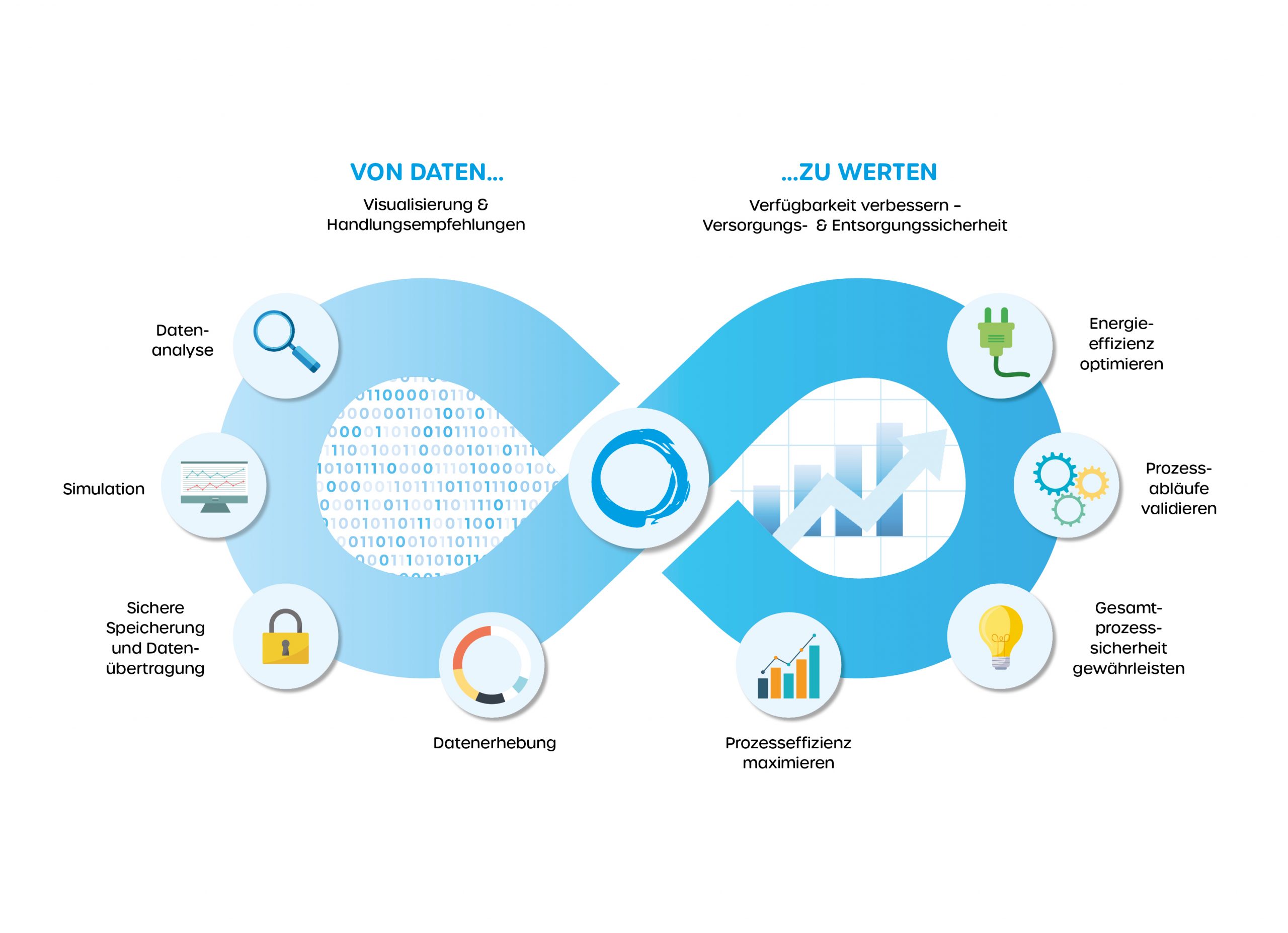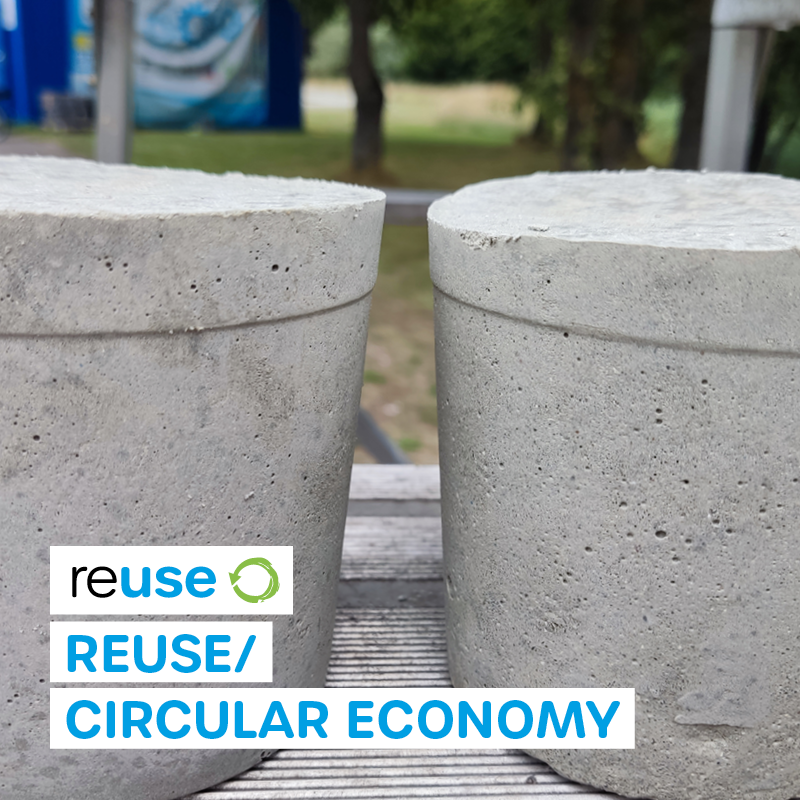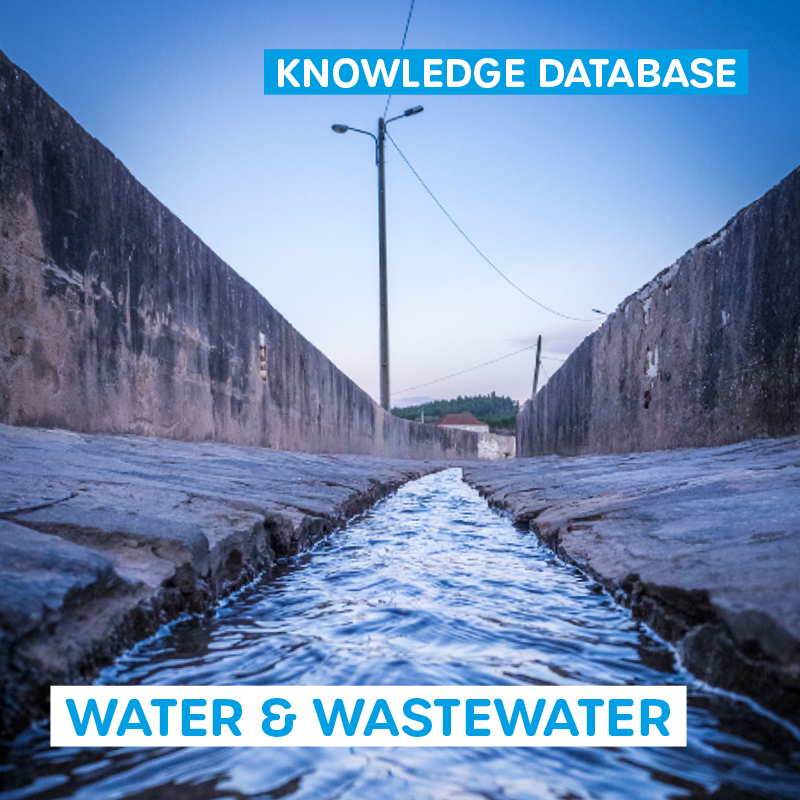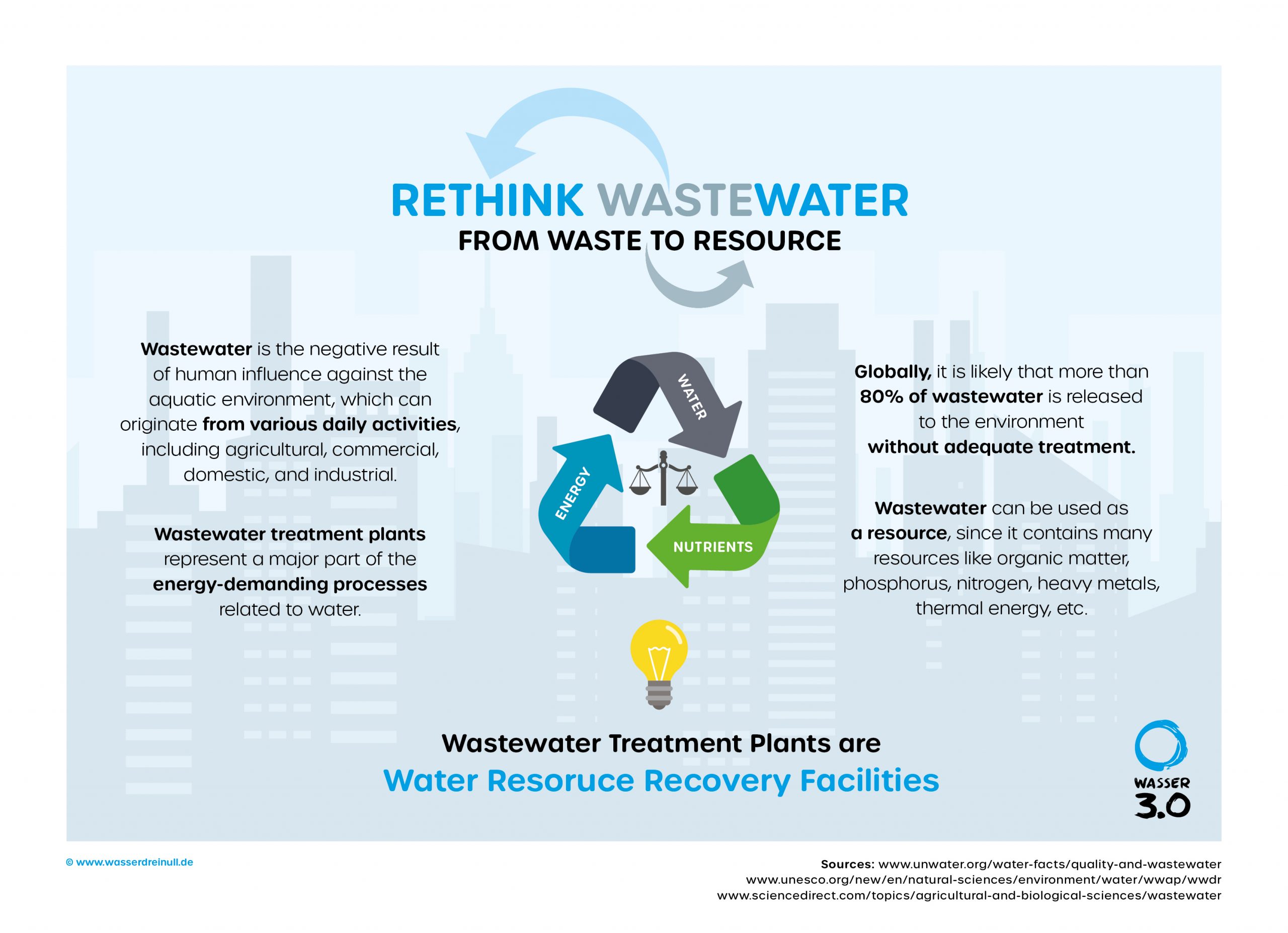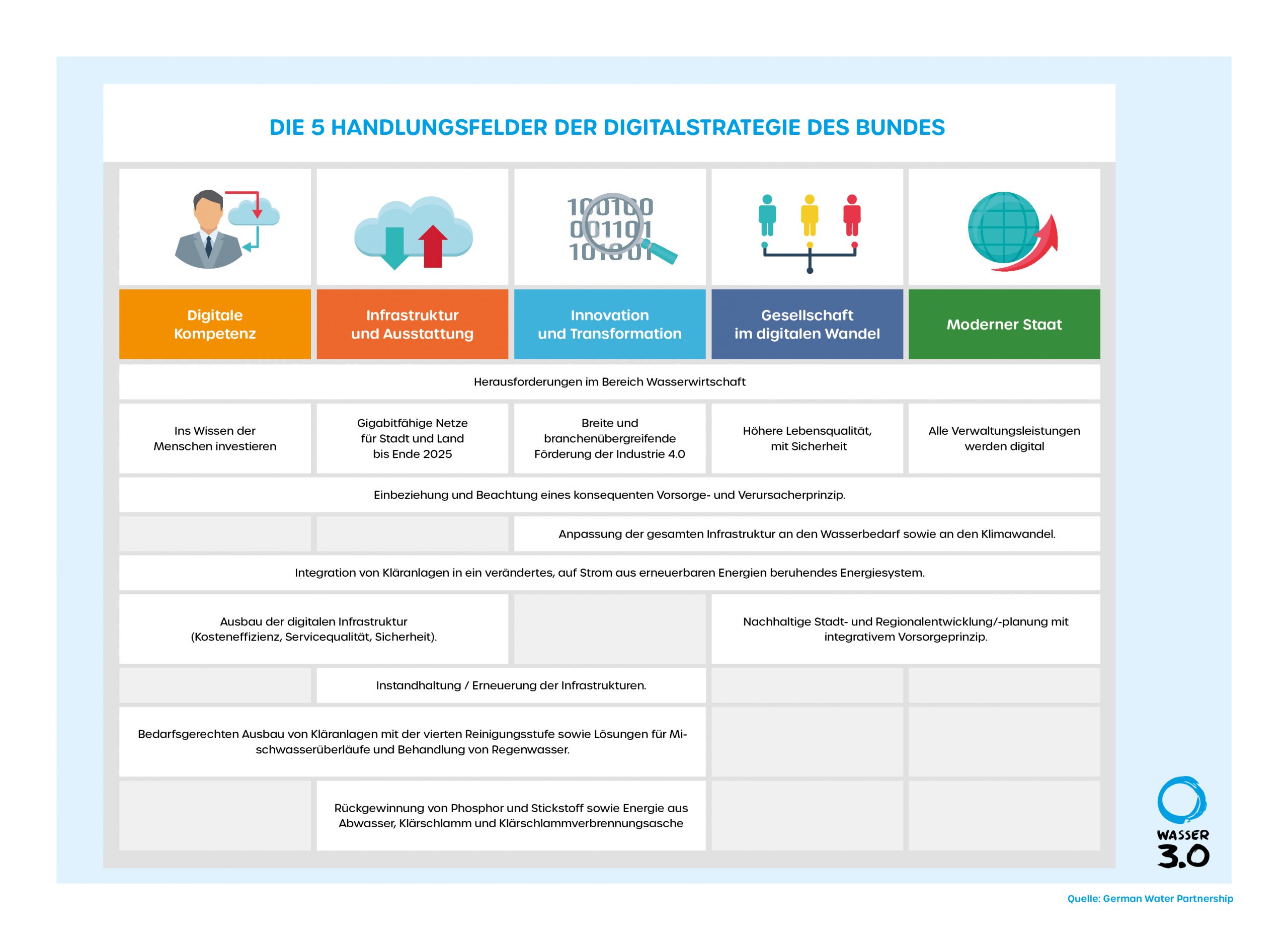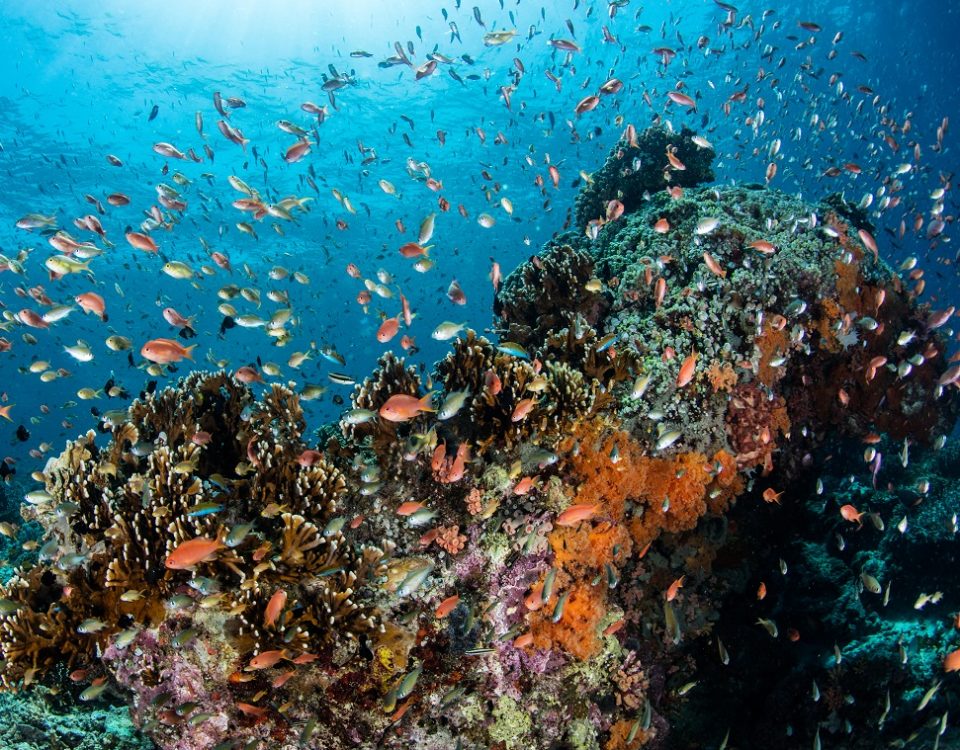
Wastewater as a resource - technology and digitalisation are key
Utilising wastewater directly as a resource for the circular economy represents a paradigm shift for water management, especially industrial wastewater treatment. Realising potential begins with data collection, data analysis and the development of solutions.
In the field of reutilisation and recycling management, we research and develop solutions that make the hidden resources in wastewater more usable, while at the same time saving water and improving water quality.
Wastewater and resource efficiency: a look at the Global North
The huge increase in urbanisation and economic activity is increasingly forcing urban areas to improve their wastewater services. As many elements of wastewater infrastructure have a lifespan of 50 to 100 years or even longer, the decisions made today have long-term implications and therefore need to be based on future rather than current or past scenarios.
To realise the potential for improved sustainability, the industry needs to fundamentally change its approaches and assumptions to managing wastewater resources, including the creation of much-needed new wastewater systems and the incorporation of digitization.
Resource recovery is currently not easy to realise. This is partly due to the fact that emerging concepts and methods are part of a complex integrated approach in which water reuse, nutrient recycling and energy production are to be embedded in infrastructure that was not developed for these multiple purposes.
Furthermore, wastewater service systems often function in isolation and rarely take into account factors and influences beyond the traditional technical domain.
Rethinking wastewater - using digitalisation
Supply principle is the guiding principle of water management
For years, the wastewater industry has been confronted with continuous changes in the concentrations of micropollutants in water. If you take the Water Framework Directive, the overriding goal of water quality management is to ensure good water quality in European surface and groundwater bodies (EU Directive 2000/60 / EC).
In many places, however, the pollution of the different bodies of water is so high that the required “good chemical status” of surface water is currently not achieved in more than half of the area. The influence of the oceans as sinks, for example, must also be considered here (EU Directive 2008/105 / EC and Directive 91/676 / EC) and included in the evaluations.
In addition, the precautionary principle is anchored in many international conventions such as the UN Framework Convention on Climate Change and the OSPAR Convention for the Protection of the Marine Environment of the North-East Atlantic. At the national (German) level, the federal government is following developments in the area of the precautionary principle as part of the “federal digitization strategy”.
For the area of water management, the areas and fields of activity described in the following graphic as well as levels of action regarding the achievement of the sustainability goals were described.
Digitalisation and the use of artificial intelligence
Our research approaches combine scientifically collected data with practicable recommendations for action, so that values generated from data and digital methods (machine learning, artificial intelligence (AI)) can be deployed and used in a targeted manner.
The requirements for the purification performance of sewage treatment plants result directly from the requirements of water protection. The high level of wastewater treatment has contributed significantly to improving the water quality of the waters by reducing the water pollution with carbon, nitrogen and phosphorus, but the complexity of pollution and the limitations of the cleaning services are constantly increasing.
In addition to water protection, topics such as energy efficiency and the consideration of wastewater as a valuable resource source (NEW approach: nutrient - energy - water recycling from wastewater) are just as important as minimizing the ecological footprint by further removing anthropogenic pollution with potentially adverse effects from the water.
A process control system of a sewage treatment plant per se provides high data quality in monitoring (hydrometry, operational management, etc.). Complemented by big data using low-cost sensors, real-time monitoring, networking, and surveillance, they provide the playground for AI experts and solution researchers like us.
The problem that unstructured collections of data can no longer be tamed with conventional IT infrastructure can be solved by using big data (data science / data analytics). For this purpose, the large amounts of data are collected and sorted and analyzed using methods of artificial intelligence, machine learning and practical expert knowledge. Values emerge from data.

